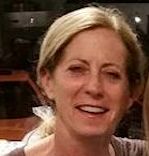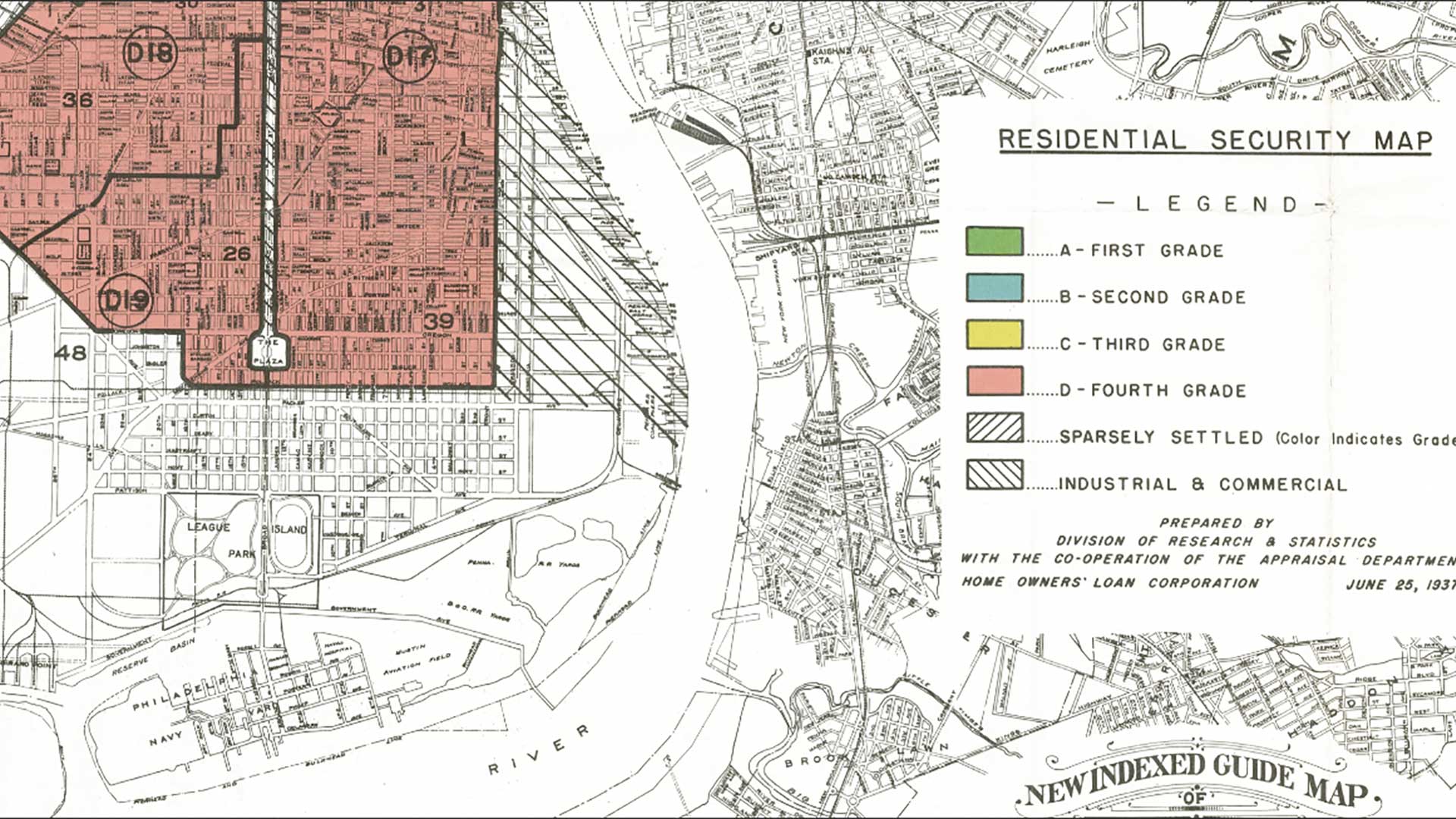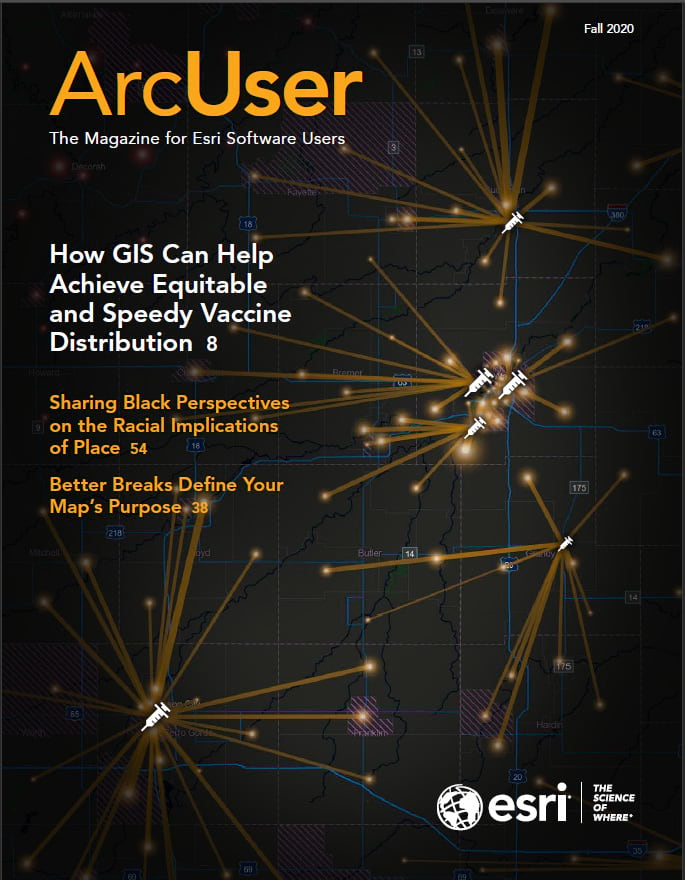The COVID-19 pandemic and the events of 2020 have been a stress-test for our world, bringing widespread social and racial inequities, such as housing, food insecurity, and unequal access to technology, into stark relief and exacerbating the already trying situations of many.
In responding to this public health crisis and its knock-on economic and social effects, GIS has demonstrated the pivotal role geographic technology plays in understanding, responding to, recovering from, and mitigating these threats.
Over the past 40 years, GIS use and the adoption of a holistic, geographic approach have expanded from projects to organizations to countries, furnishing and analyzing data, enhancing understanding, and making more rational decisions and effective action possible.
The creation of a large-scale geospatial infrastructure can improve understanding across the world to meet unprecedented challenges. This is not just automation but insight at a scale and a pace that can let us respond effectively to rapidly changing conditions. From the enhancement of mobile apps to cloud-based analysis tools, geospatially derived knowledge is more readily available than ever.
As both a driver and beneficiary of digital transformation, geospatial infrastructure is also key to renovating the physical infrastructure. The incorporation of SURE technology in ArcGIS will enable the transformation of imagery and lidar into point clouds, photo-textured 3D meshes, and true orthophotos that can be used for creating digital twins. These capabilities are supported by improved field mapping and Site Scan for ArcGIS, which delivers an end-to-end cloud solution for drone imaging projects.
A geospatial approach has been tremendously successful in responding to the COVID-19 pandemic. With a few months, thousands of organizations across the globe adopted it. However, a large-scale geospatial platform requires more than technology. It requires leadership and governance within organizations and across the GIS community. This is the opportunity to use geography to make a lasting change in the way we deal not only with threats to public health but with pressing challenges such as climate change and social inequity.




